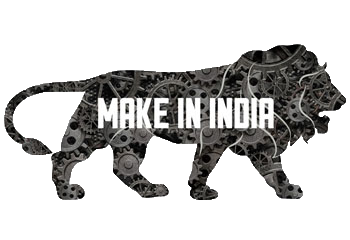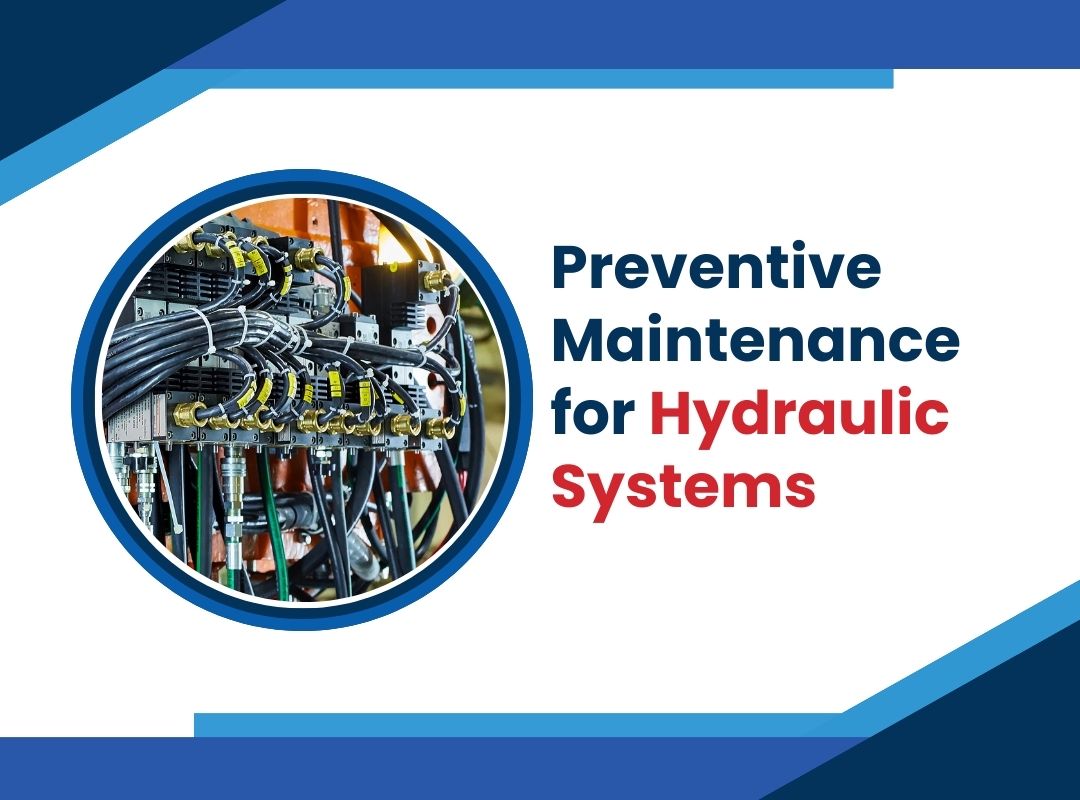Be it any machinery; only when you maintain it properly, it will last longer without causing any trouble. In this article, we will be addressing the importance of practicing preventive maintenance for hydraulic jack pumps and hydraulic systems.
It is estimated that over 70% of hydraulic failures are caused due to contamination or aging of hydraulic fluid. Also, other problems cause these hydraulic failures.
However, you can avoid them by implementing the best preventive maintenance steps for hydraulic systems and reducing the impact of air and water in the hydraulic system.
Hydraulic Fluid Contamination Issues
Hydraulic fluid contamination is caused when foreign particles intrude the hydraulic system, and it can affect the system and result in failure of the entire system. Though contamination cannot be eliminated, you can reduce it to some extent.
Two common causes of hydraulic fluid contamination are caused due to water and particulate matter. Now let’s discuss them in detail.
Water Contamination
When water When water is combined with the fluid, it contaminates it, impairs its function, and eventually causes corrosion and cavitation. More water in the Electric hydraulic pump fluid might cause it to freeze and lock up valves.
In addition, water contamination can reduce
- The hydraulic fluid ability to provide lubrication
- Increase equipment noise level
- Increase the wear of the components
- Reduce the effectiveness of additives
Also, excessive water gives the hydraulic fluid a cloudy appearance when the water gets saturated with water.
Particulate Contamination
The particles here refer to the sand particles from left overcasting or pieces of rag used for cleaning or minute metal pieces left from machining.
When these unwanted particles get into the hydraulic system, they pose huge problems. Though some minute particles are generated within the system, they cannot be avoided. But other forms can be prevented.
So these are the two main types of fluid contamination. You can avoid this by testing the hydraulic fluid for any contamination.
Testing for Hydraulic Fluid Contamination
By testing the fluid for contamination, you can effectively prevent fluid contamination from happening.
Also called fluid testing, this testing measures contamination levels that are not visible to the naked eye.
Chemical fluid testing measures, not just solid contamination but also water contamination, and the breakdown of additives or chemical reactions present in the fluid, are taken into account.
The test samples are then sent to the lab to examine chemicals. And a report is prepared regarding the details of contamination found in the fluid. This report points out the levels and severity of contamination and the source from which they have originated.
Corrective Maintenance
This type of maintenance is done when the contamination has been identified. If severed contamination has been identified, then follow the below-given steps.
You can drain the existing hydraulic fluid completely and add fresh fluid.
- Cleaning the hydraulic fluid tank
- Replacing the filters
- Circulating fresh fluid
- Then drain the fluid again
- And finally, add the fluid
Changing hydraulic fluid can be scheduled at regular intervals.
Preventive Maintenance for Hydraulic Systems
This involves three different levels.
- The first level is to filter the hydraulic fluid before adding it to the system.
- This step is vital even if you are using the fresh fluid because they tend to have tiny particles of dirt or dust, which can harm the system’s working.
- The second level is regular checking and replacing the hydraulic filters in your system. Don’t wait until the manufacturer’s recommended date to replace the fluid. What if the filter gets clogged and creates a problem? On the other hand, don’t replace the fluid too soon. It would be a loss.
- The third level is the practice of cleanliness during maintenance and repairs.
- For instance, if the system is opened to the atmosphere, there are chances of unwanted particles getting inside the system. By closing the system, you can prevent the ingression of moisture and air and dust. Also, repairs and disassembly must be carried out in a clean workspace. It is recommended to use lint-free cloths.
- The last level is to address the leaks immediately after detection because contaminants would find their way to the hydraulic system and cause severe damage.
When the maintenance mentioned above is done as specified, your machine will not just work without any hassle but also run at peak efficiency. So in this article, we have also covered the causes of contaminations, corrective and preventive maintenance. Hope it was insightful. Thanks for scrolling through!


